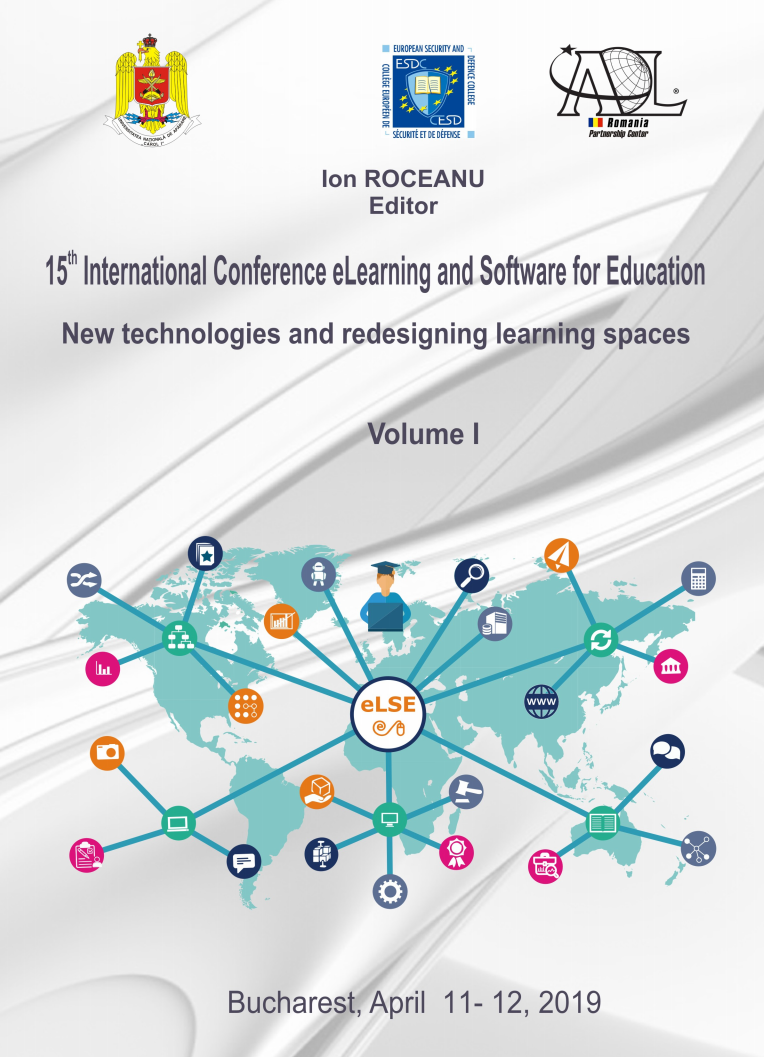Treatment Assignment Based on Automatic Learning for the Pregnant Women Suffering from Preeclampsia
Treatment Assignment Based on Automatic Learning for the Pregnant Women Suffering from Preeclampsia
Author(s): Iuliana MARIN, Nicolae GogaSubject(s): Social Sciences, Education, Higher Education
Published by: Carol I National Defence University Publishing House
Keywords: Preeclampsia; Ontology; Semantical matching; Collaborative learning;
Summary/Abstract: Preeclampsia is an illness characterized by the presence of high blood pressure which appears during the third trimester of the pregnancy. A step by step process is used to extract data from medical websites to obtain information about the patients who are pregnant women regarding their illnesses, symptoms and treatments. The existent DrOn ontology developed by the National Library of Medicine and the SYMP ontology offer information about these characteristics. The responses of the doctors are analyzed for matching the triggered information based on the features of interest. This is done to alleviate the task of the healthcare personnel who sift through the healthcare records when considering the proper treatment of a patient who also suffers from other diseases. The proposed online healthcare platform analyzes using Elasticsearch the acquired data from medical websites that is stored in the MongoDB NoSQL database. When a new patient writes about her health state while being pregnant, a new document is added to the MongoDB collection and the features used for matching are indexed into Elasticsearch. Regular expressions are used for extracting the relevant text. Natural language processing tasks like stemming and lemmatization improve the accuracy before reaching the matching step that is done based on encountered similarities. The important features that are clustered are detected by creating a document term matrix based on term frequency-inverse document frequency. While doing the crawling, the features regarding the illnesses, symptoms and illnesses are found using XPath to select the required information from the HTML belonging to the posts. The matching is done according to the features of the patient by using the weighted terms according to the matrix. After the matching is done, the patient is suggested a treatment which proved to be successful based on the previous analyzed cases. The medical professionals collaborate and can improve the existent knowledge base of the system through which the automatic treatment assignment is done. The shift to online healthcare platforms has improved the management of healthcare records, while the automatic treatment recommendation aims to enhance the monitoring of the patients, as well as the medical staff learns from the previous successfully solved cases.
Journal: Conference proceedings of »eLearning and Software for Education« (eLSE)
- Issue Year: 15/2019
- Issue No: 01
- Page Range: 501-506
- Page Count: 6
- Language: English

